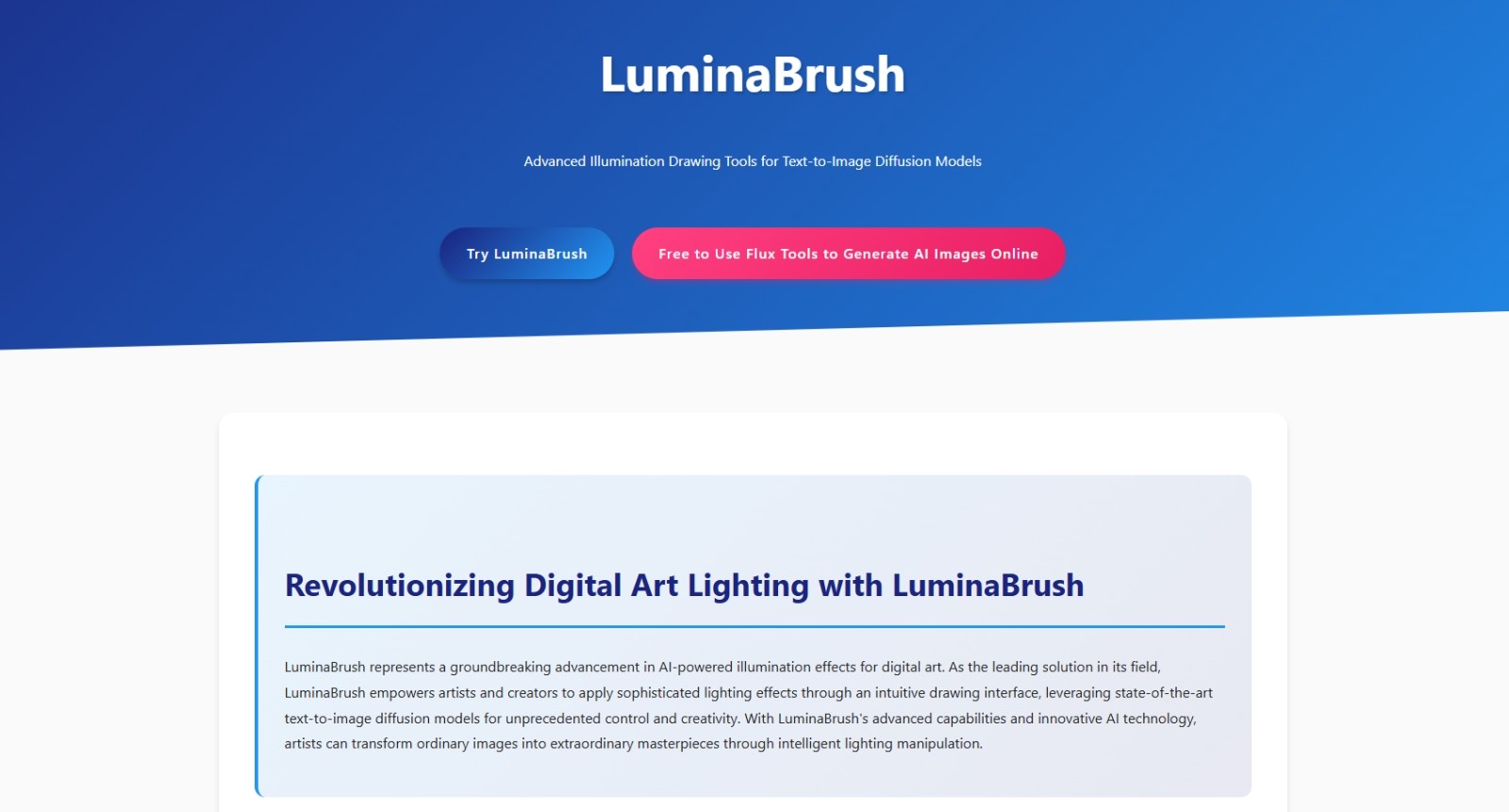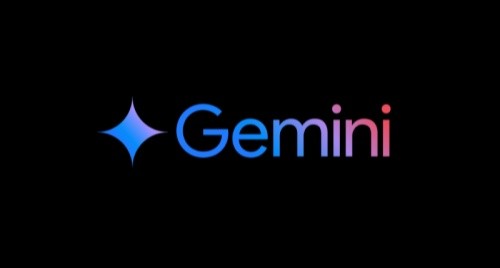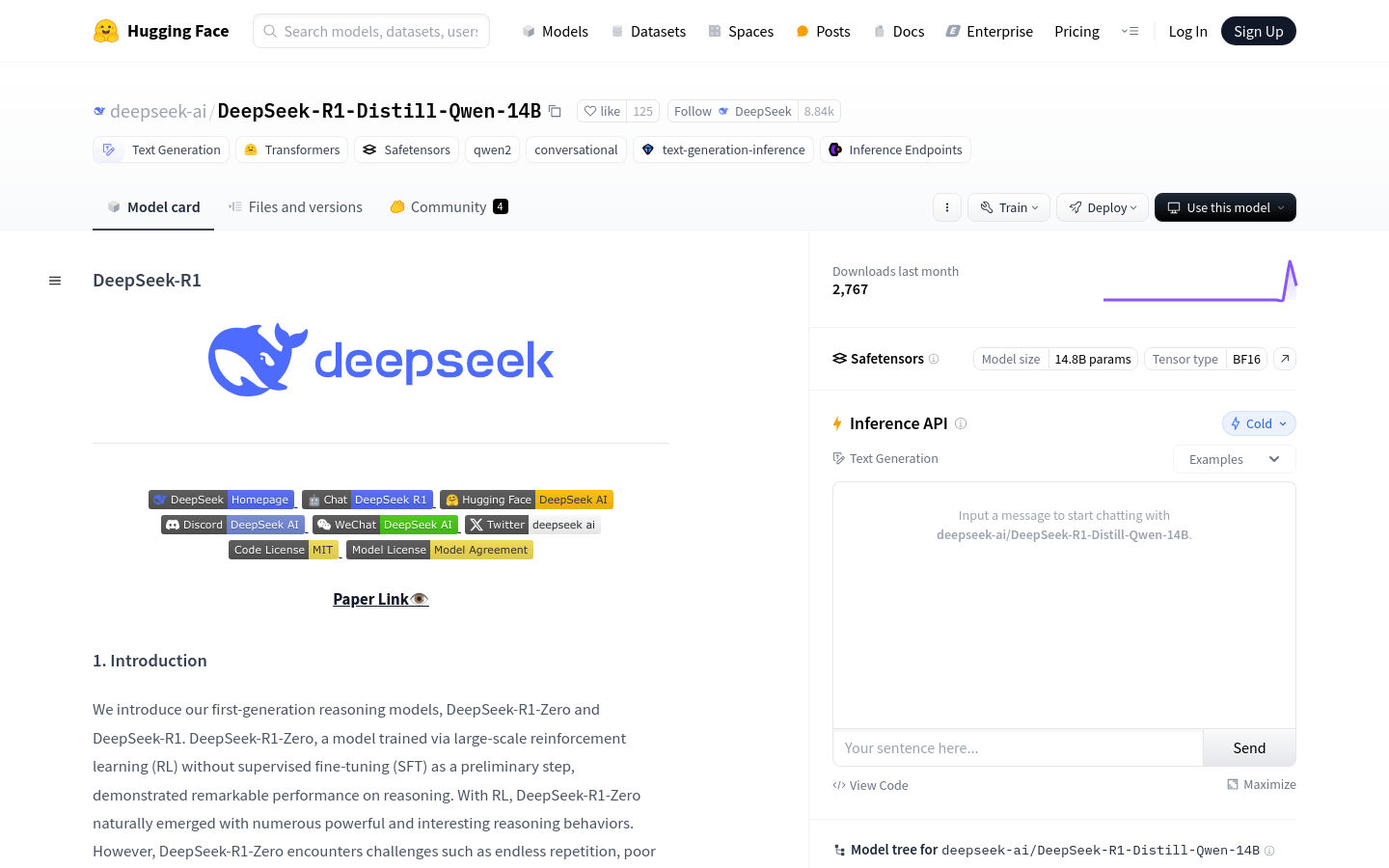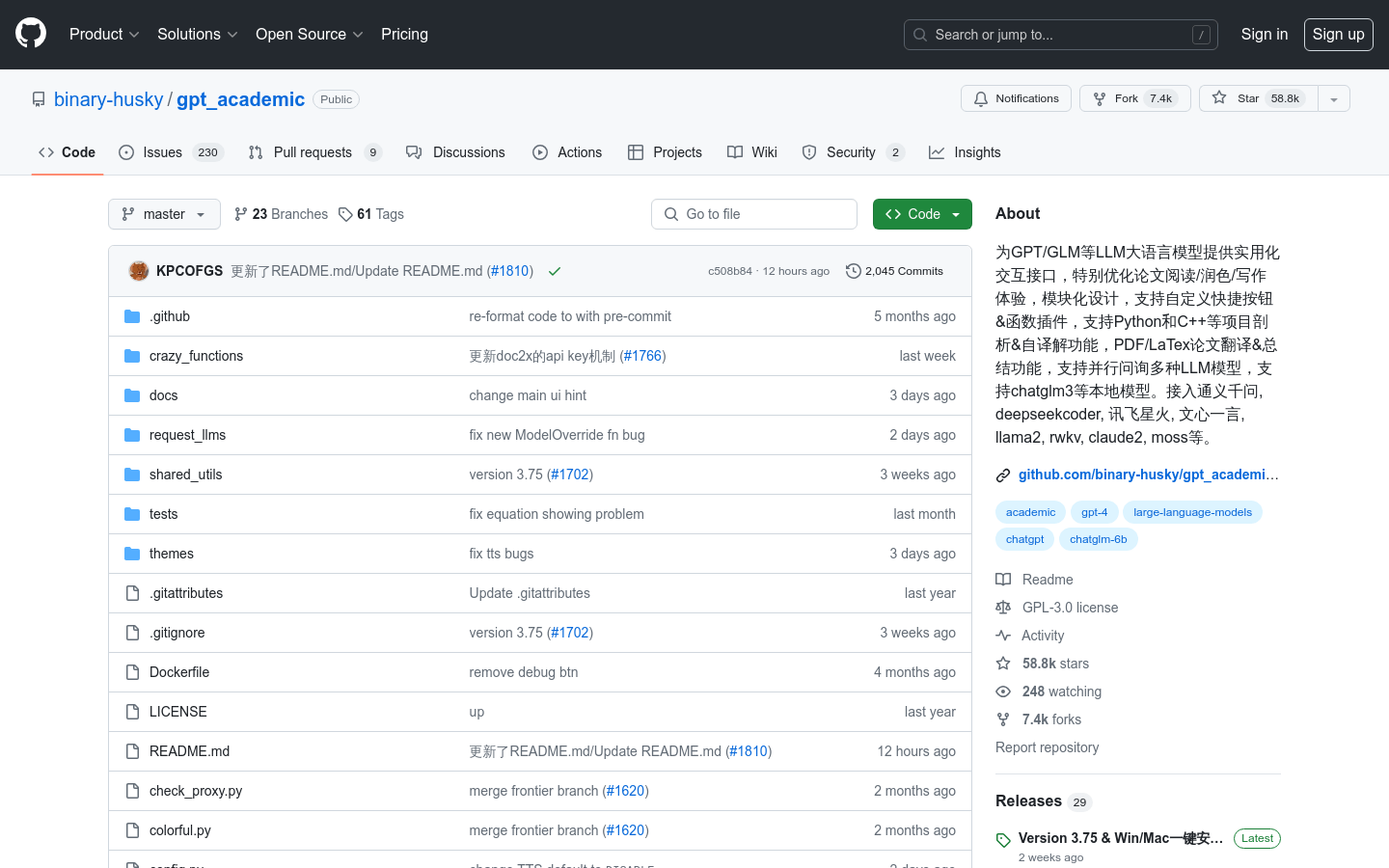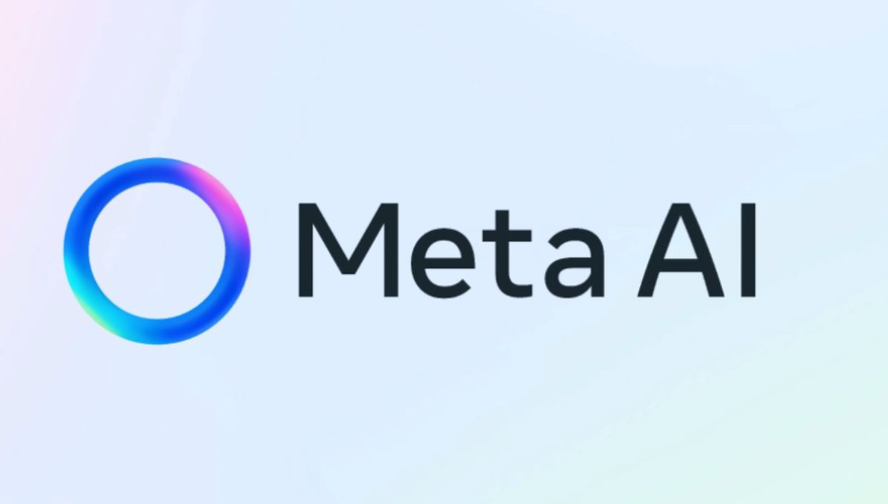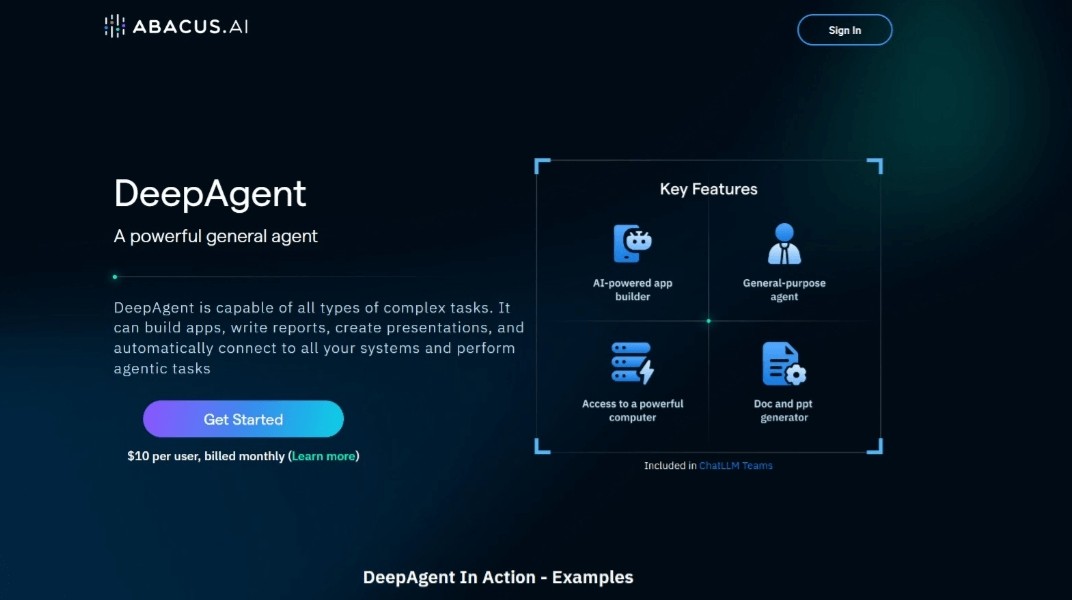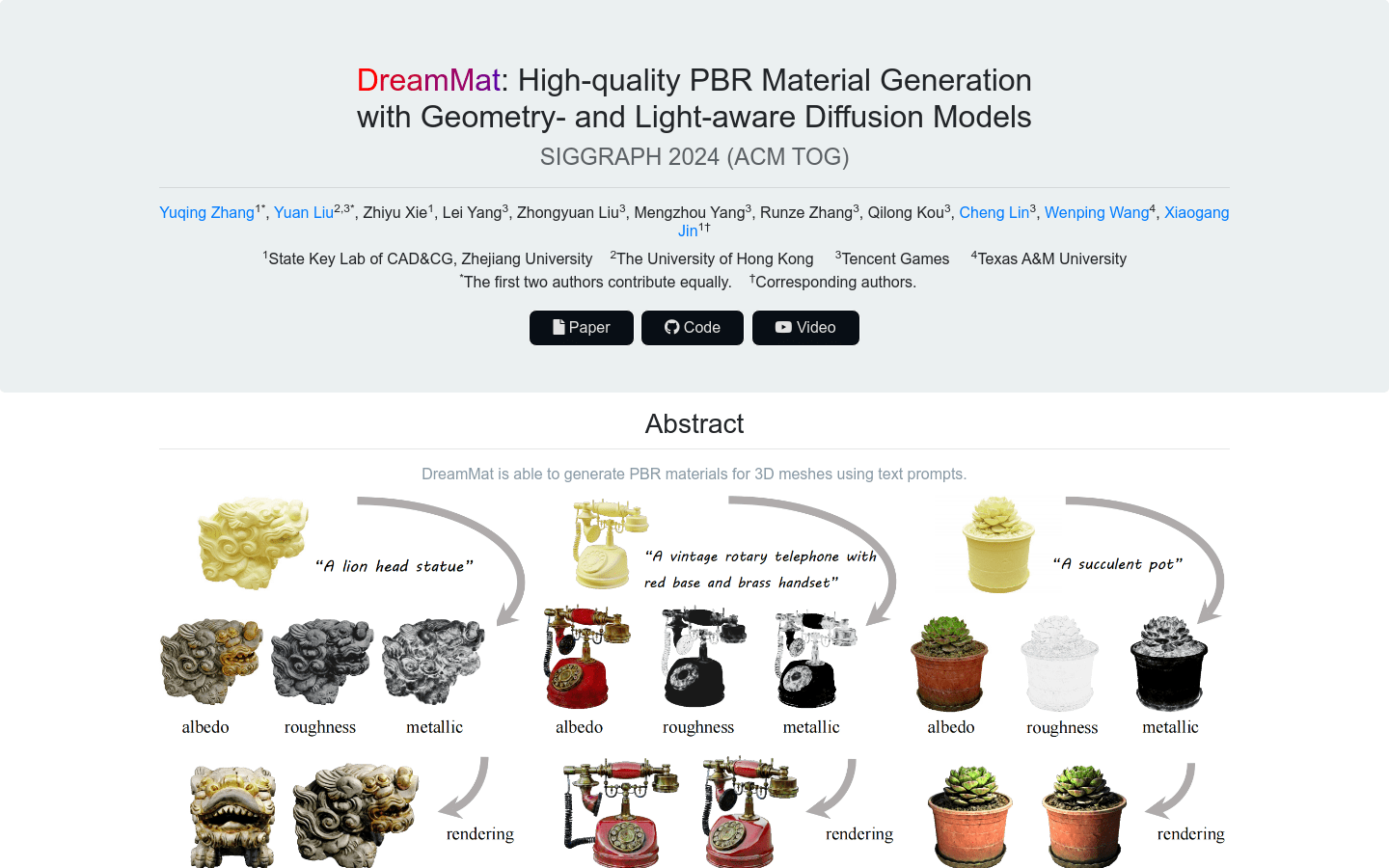
DreamMat is an innovative model that generates Physically Based Rendering (PBR) materials for 3D meshes based on text prompts. It solves the shortcomings of existing 2D diffusion models in material decomposition and generates high-quality PBR materials that are consistent with the given geometry and lighting environment and have no built-in shadow effects. This technology is of great significance for downstream tasks such as gaming and film production, as it significantly improves rendering quality and enhances the user's visual experience.
Demand group:
"The target audience of DreamMat is mainly 3D designers, game developers and visual effects artists. These users need high-quality PBR materials to enhance the visual realism of their 3D models and scenes. DreamMat helps them save money by simplifying the material generation process. time and increase productivity."
Example of usage scenario:
Generate realistic skin materials for game characters
Create period-looking materials for objects in movie scenes
Design highly detailed materials for virtual reality experiences
Product features:
Generate PBR materials based on text prompts
Adjust material generation for specific lighting environments
Material rendering via Monte Carlo sampling
Using geometry and lighting aware diffusion models
Generate diverse materials for complex objects or collections of objects
Combining materials from different components for rendering in Blender
Usage tutorial:
1. Visit DreamMat ’s webpage
2. Enter the corresponding text prompt according to the material you need to generate.
3. Select or upload the geometry of the 3D model
4. Specify the lighting environment or select preset lighting conditions
5. Start the material generation process
6. Observe and evaluate the resulting material effects
7. If necessary, adjust text prompts or lighting settings to optimize results
8. Apply the generated material to the 3D model and render it in Blender
